| Vintage Pulp | Nov 13 2020 |

United they stand, divided they make plea deals.
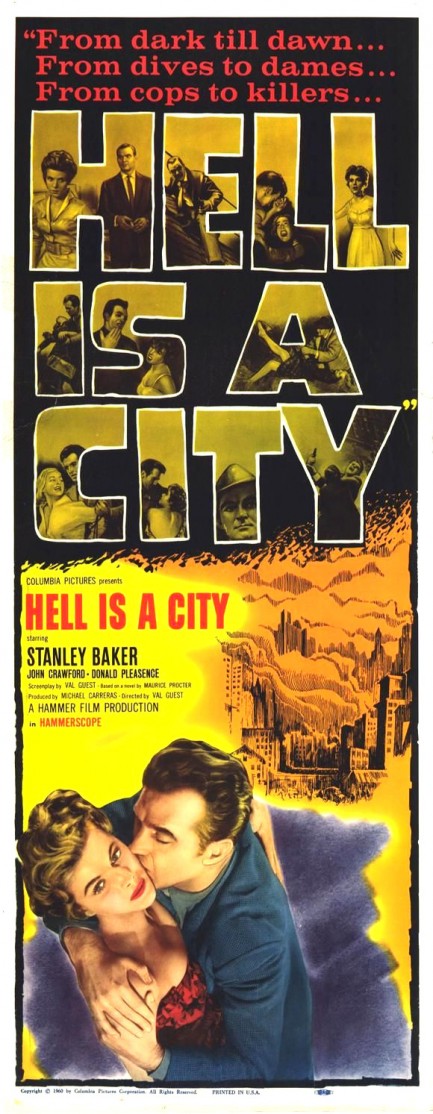
Sometimes it's all in the title. Could we possibly resist a movie called Hell is a City? Not a chance. The city in question is industrial Manchester, England, and hell is caused by escaped criminal John Crawford when he sets up a heist that turns to murder, subsequently bringing top cop Stanley Baker along to try to crack the case by turning the four crooks against each other. The movie isn't a procedural, but has a few of the elements, and it has some film noir stylings too, though it isn't a noir. What it is, though, is well acted, well shot in numerous outdoor locations, and believable—not always the case for films from the period. Crawford's villain is an incredibly bad guy. He doesn't blanche at assault, rape, or murder, and holds his scheme together through rank intimidation of his criminal partners. It's all justified, he feels, to enable him to retrieve and sell a cache of stolen jewels and flee to life in some foreign land. But first he needs hard cash, and that's where the heist comes in. It goes pear shaped right away when it turns out the satchel he targets is chained to Lois Daine's wrist. He gives her a love tap and that, as they say, is that—he has a staring corpse on his hands. We won't tell you more, except that Hell Is a City has numerous intertwined characters, all interesting, and has an urban setting that by its very dismal nature makes you understand why Crawford wants so badly to be someplace far away. The movie premiered in England in April 1960 and reached the U.S. today the same year.

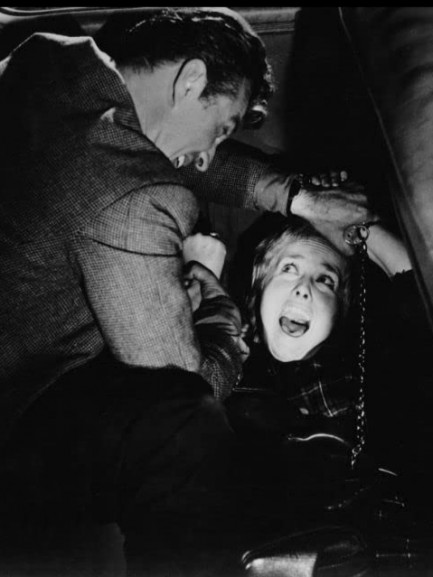
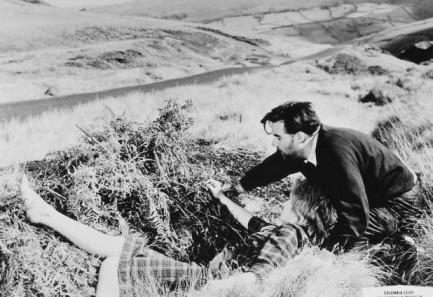
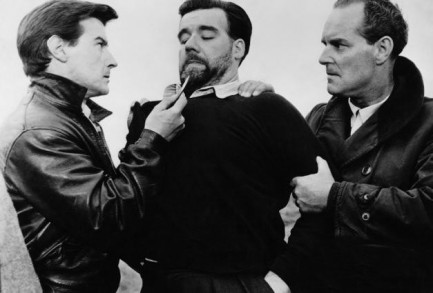
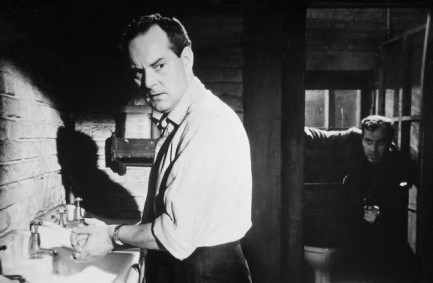
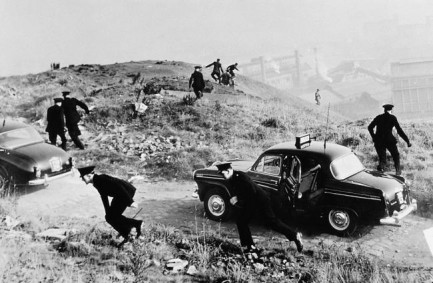
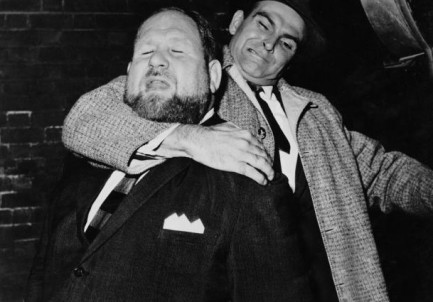
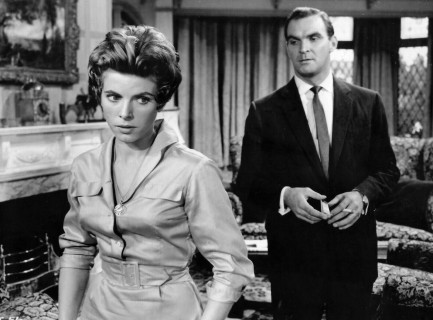
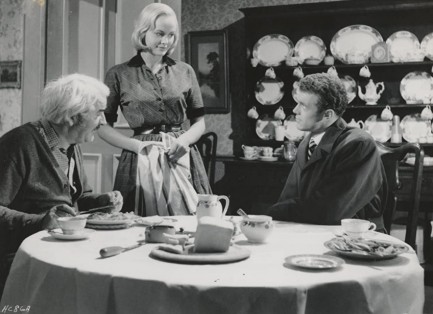

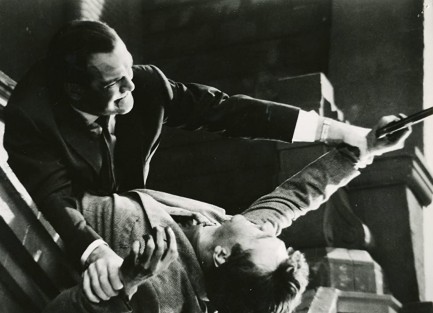
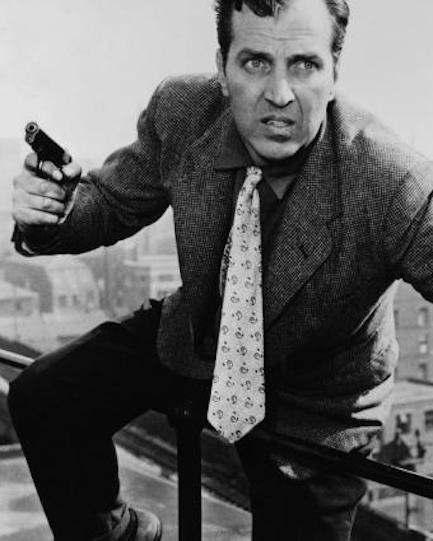
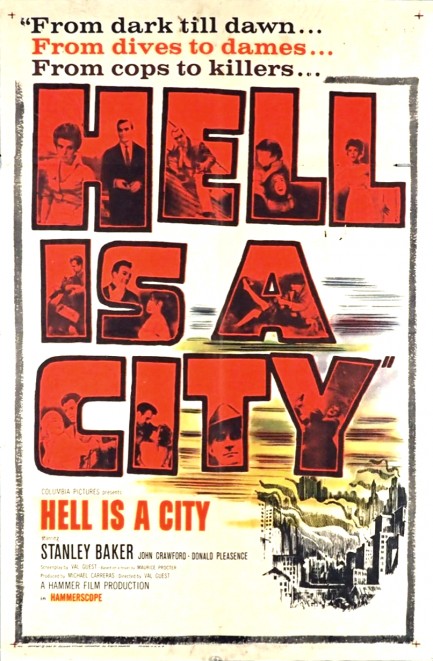
| Vintage Pulp | Jan 13 2018 |

… two... and three. Wait. I screwed up again. That would've been on three and. I meant to do it on three.
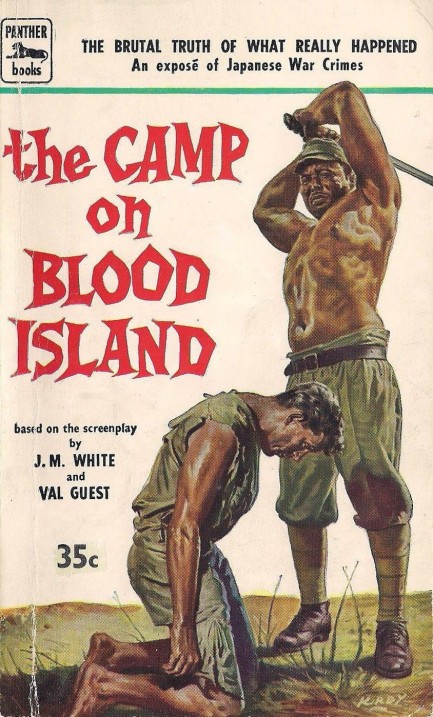
Here's something backwards from what we usually share—a novel adapted from a film instead of vice versa. The Camp on Blood Island is a 1958 British-made World War II film written by J.M. White and Val Guest, and when you learn it was produced by schlockmeisters deluxe Hammer Film you could be forgiven for suspecting it was low rent b-cinema, but this is Hammer trying to be highbrow. Near the end of the Pacific War, a Japanese prison camp commandant decides that if Japan surrenders he'll execute all his prisoners. So the prisoners decide to prevent news of any prospective surrender from reaching the commandant by sabotaging communications, and they also prepare to rebel when the times comes. We may check the film out sometime, but we were mainly drawn by the paperback art. Not only did it remind us that prison camp novels are yet another subset of mid-century literature, but we saw the Josh Kirby signature on this one and realized we haven't featured him near enough. Last time we ran across him was on this excellent piece. We'll dig around for more. And we may also put together a small collection of prisoner-of-war covers later. They range from true stories to blatant sexploitation, and much of the art is worth seeing.




































































